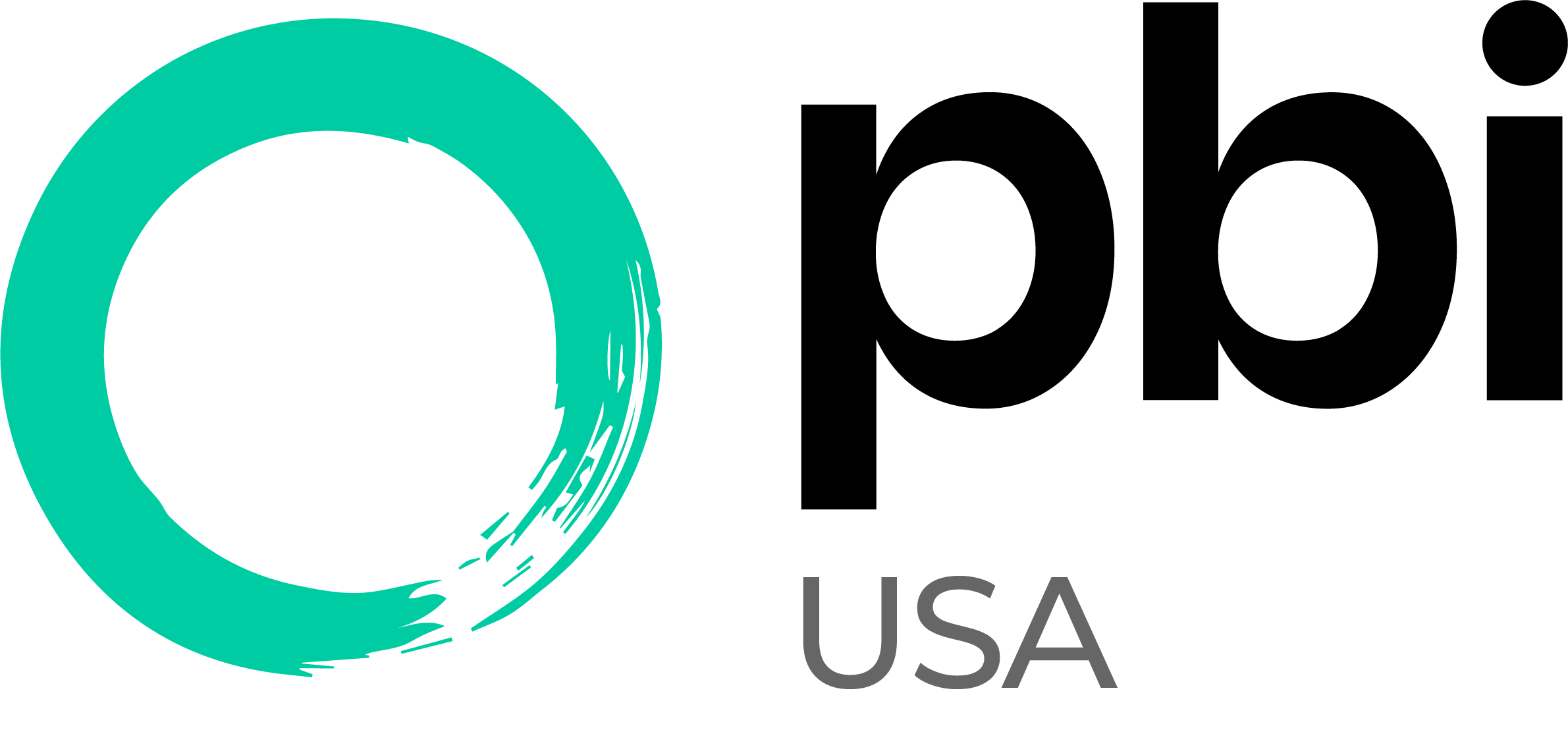Article by PBI-Colombia
“Land of Joy” or So Bia Drua, in Embera, are the words used by the Indigenous communities of the Uradá-Jiguamiandó Humanitarian and Ecological Reservation to refer to their territory, located in the municipality of Carmen del Darién, department of Chocó.

The reservation has two separate plots of land and is home to eight Ember Indigenous communities. The first lot is inhabited by the communities of Alto Guayabal (125 families with 365 individuals), Bidόkera Ancadía (26 families with 90 individuals), and Jaibía Coredocito (24 families with 75 individuals). The second is inhabited by the Dearadé (18 families with 59 individuals), Ibudó (25 families with 107 individuals), Padadó (12 families with 43 individuals), Chansodo (31 families with 128 individuals), and Urada (60 families with 230 individuals).

The reservation’s main bodies of water are the Ancadía, Jiguamiandó, Urada, and Tamboral rivers, all of which are tributaries of the Atrato River which flows through the department of Chocó in the Pacific region of Colombia. The rivers are an important source of livelihood for the communities of the Uradá-Jiguamiandó Reservation, as they fish and use the fresh water for their daily activities.

The communities of the Urada-Jiguamiandó Reservation have a close and harmonic relationship with the natural world that surrounds them, collecting the medicinal plants they need to cure illnesses, fishing in the river, and taking care of their surroundings, which they have kept free of pollution.

In reality, the Indigenous communities are the only protectors of the land and environment. Even though they coexist in harmony with their natural surroundings, there are other interests in their territory that continue to prevent them from living in peace on their ancestral lands.

The threats faced by the Embera people, victims of numerous human rights violations in the context of the armed conflict, also include mining megaprojects. The communities—who have opposed the extractive projects for decades—know that mining will damage the aquifers, pollute the soil, water, and air, in addition to destroying the biodiversity. As a result of all this, there is a serious risk of displacement and cultural uprooting.

The communities who live in So Bia Drua are represented by the Embera Major Council – CAMERUJ. Argemiro Bailarín is a member of the Major Council, the Indigenous authority and an emblematic leader from the Uradá-Jiguaminadó Reservation.

Argemiro is well known for his defense of the territory, peace, and the protection of their culture and cosmovision. In November 2021, for the fifth anniversary of the signature of the Peace Agreement between the Government and the FARC-EP, the Embera leader participated in the radio program “Voces de la Tierra.”[1] During the program the Indigenous leader highlighted that the communities continue to experience violence due to the armed conflict, while living amid the actions of large-scale mining and agribusiness projects, which see their territory as a business opportunity.

With support from the Justice and Peace Commission (JyP), since March 2020 the communities of Jiguamiandó, along with many others from different areas of Colombia, have been calling for a Global Humanitarian Agreement, which signifies a ceasefire amid an intensification of the conflict and an increase in combat operations.[2] To date, there has been no government response to the 42 letters sent by over 150 communities.

Read more about the threats experienced by the Embera people, who defend their sacred mountain from mega-mining and their right to live in peace on their ancestral territory: “The Embera Defending Their Sacred Territory.”
PBI Colombia.
1“Voces de la Tierra” led by the journalist Laura Casielles, in collaboration with Peace Brigades International, is a spot of the online radio program “Carne Cruda,” where defenders, social and Indigenous leaders talk about their reality from the territory.
2Somos Génesis: CartAbierta 42 – Parar la guerra, afirmar la Vida y la justicia socio ambiental, 4 January 2022.
